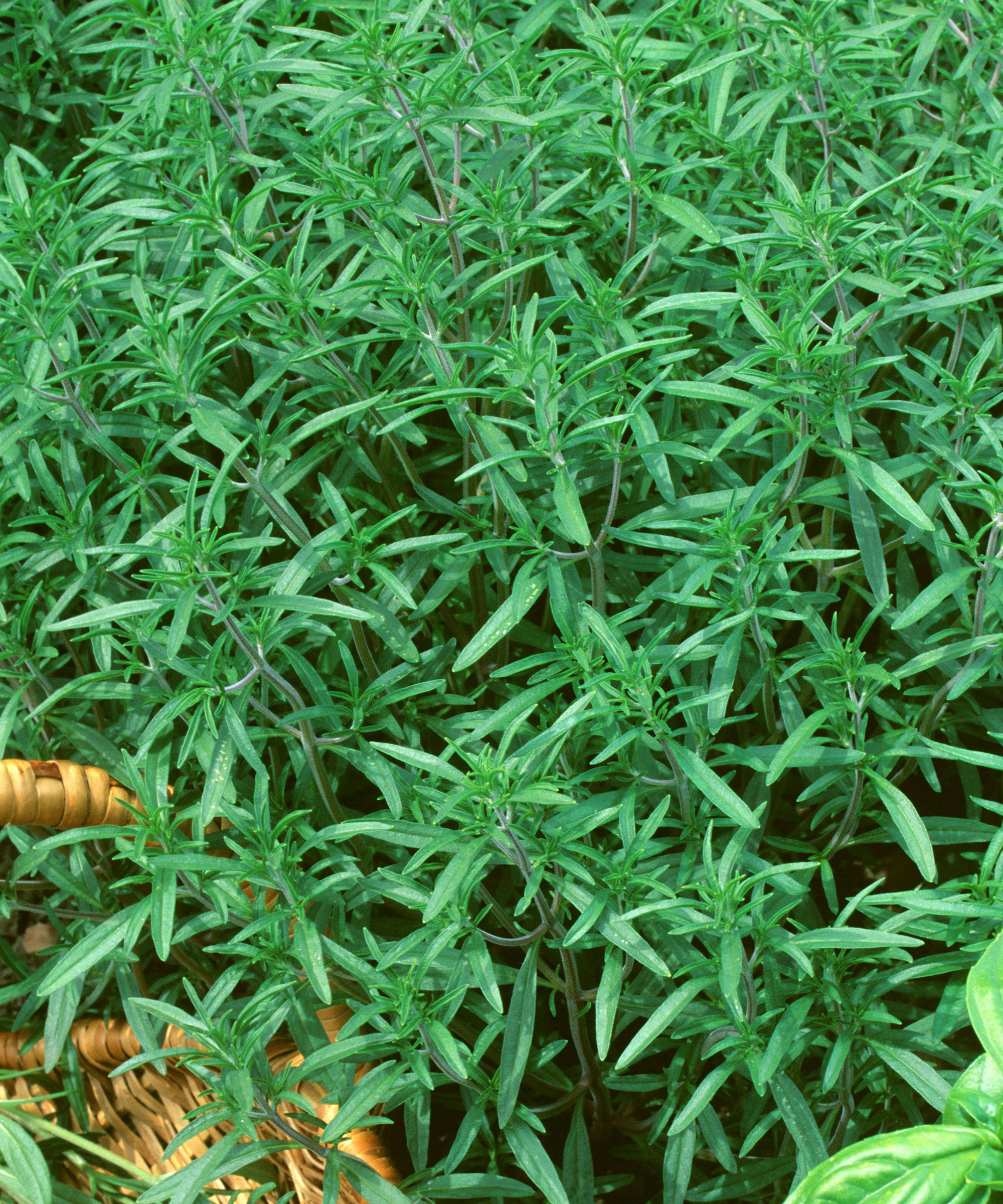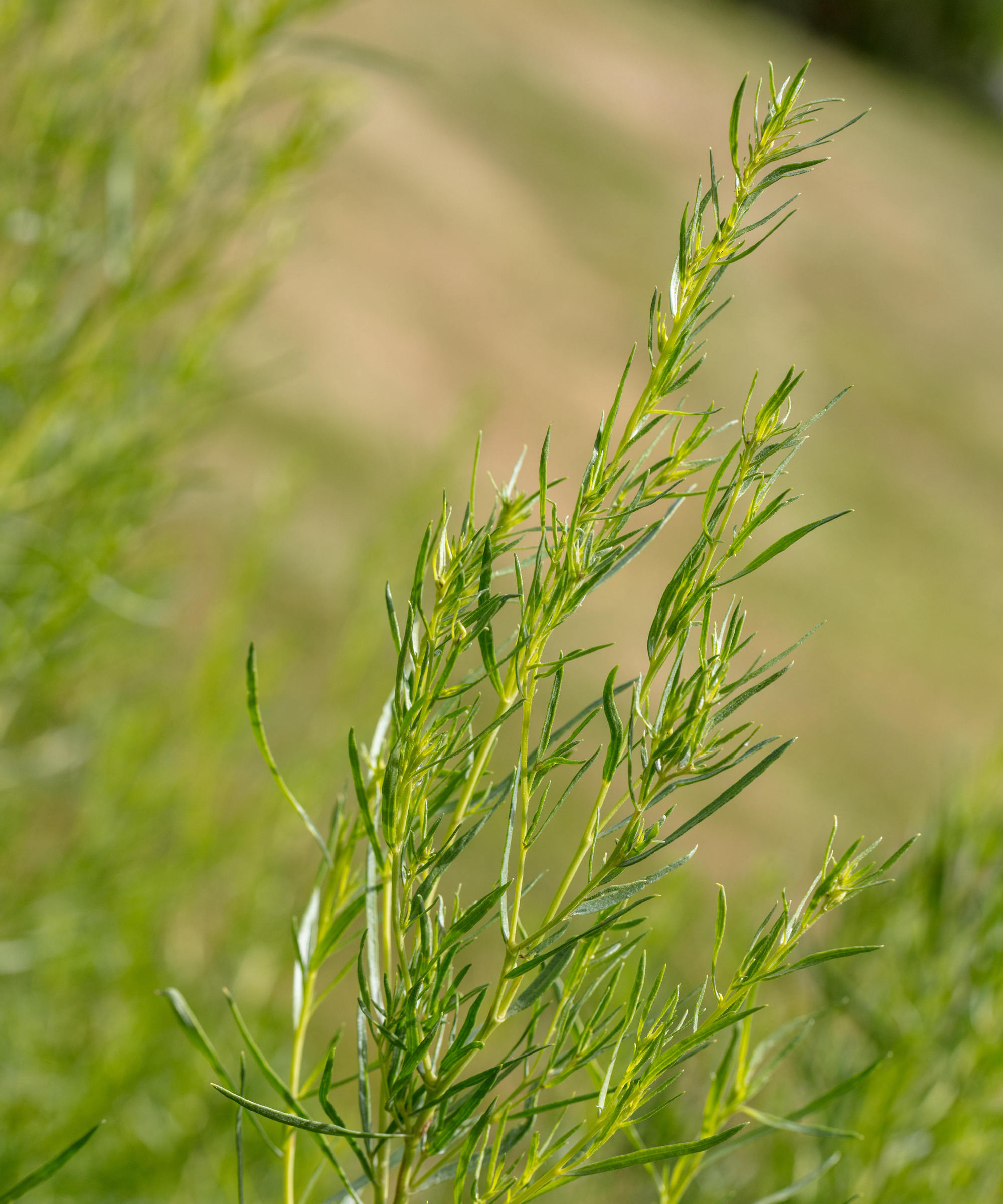Russian tarragon is the perfect winter garden herb – that you probably haven't heard of
Often passed over in favor of the French variety, Russian tarragon is the hardy, tasty herb you need in your garden

Russian tarragon should be on your radar if you live in a colder climate. In climate zones that get frosty winters, the garden may be beginning to look a little less colorful now, and you may think that the herb season is over. Not so if you choose to grow this wonderfully hardy, resilient herb.
If you want to learn how to create a herb garden that lasts beyond the summer months, then swapping the more common French tarragon for the Russian variety should be one of the first things you do. Gardening experts explain why it's such a good plant to grow.
Why Russian tarragon is the best herb you've never heard of

Russian tarragon's relative unpopularity is due to its slightly different flavor to its famous French cousin. Andrew Gaumond, Horticulturist, Botanist, & Director of Content at Petal Republic, points out that Russian tarragon 'often gets overlooked by the slightly more fragrant French tarragon.' The same goes for flavor – the Russian variety is less strongly flavored, which not everyone likes.
Nevertheless, Lindsey Hyland, of Urban Organic Yield says it's perfect 'to flavor dishes, sauces, vinegar, meats, seafood, salads, eggs - you name it.' Sarah Levy, a food blogger at ThisDishIsVegetarian.com, adds that 'it's also widely used in pickling.' The taste of the leaves has notes of anise and licorice.

The true strength of Russian tarragon, however, is its winter hardiness and general resilience. Andrew explains that 'Russian tarragon is perfect for those living in colder climes and will happily resist temperatures as low as -4°F (-20°C) so is ideal for those living in northern exposures.'
Sarah adds that Russian tarragon is also one of the best drought-tolerant plants – it 'can withstand moderate drought conditions and requires only a little bit of water to survive even during dry summer season.'
Top tips for growing Russian tarragon
The main thing to know about Russian tarragon is that it's a prolific grower. Sarah warns that it 'self-seeds prolifically if allowed so that the herb garden or kitchen garden becomes filled with it over time.' However, this will only happen in a larger plot – 'it does need enough space within the bed where planted - just don't forget this part! When planting your new Russian tarragon plants be sure to give them plenty of space.'
Andrew also points out that Russian tarragon will thrive best in a drier spot in the garden. It is 'susceptible to root rot, so you'll need a well-draining soil base and avoid planting in low-lying areas where water might pool or stagnate.'
Finally, Lindsey cautions that when the plant is flowering during the summer, you should not remove the flowers, 'or you will impair its ability to reproduce and may kill it altogether. Let the flowers blossom for attractive pinkish-purple blooms that attract both bees and butterflies.'
Not only is it hardy but it's also one of the best bee-friendly plants. We're definitely planting some in our gardens.
Anna writes about interior design and gardening. Her work has appeared in Homes & Gardens, Livingetc, and many other publications. She is an experienced outdoor and indoor gardener and has a passion for growing roses and Japanese maples in her outside space.
